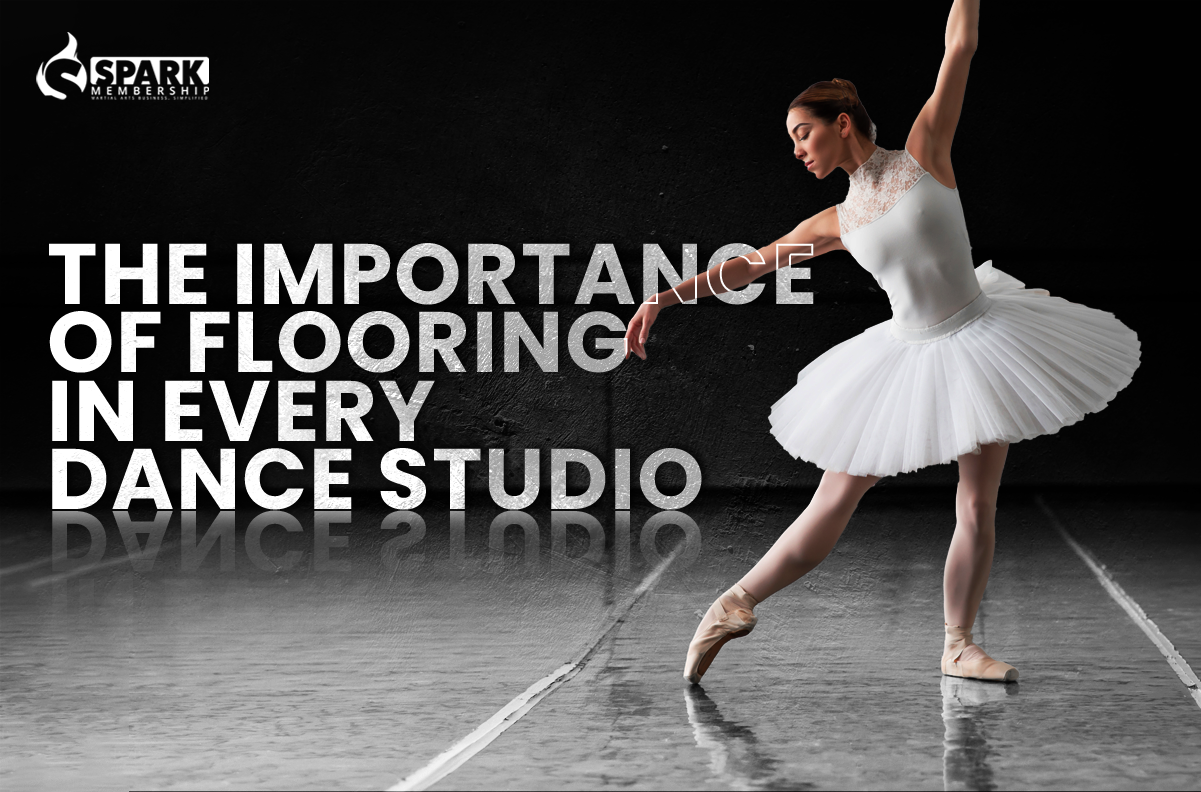
When it comes to setting up a dance studio, every detail counts, but perhaps none so crucial as the choice of flooring. The right flooring can enhance performance, prevent injuries, and contribute to the aesthetic and functional longevity of the space.
Let’s leap into the world of dance studio flooring and discover the best surface for your pirouettes and pas de bourrées!
Importance of Choosing the Right Flooring
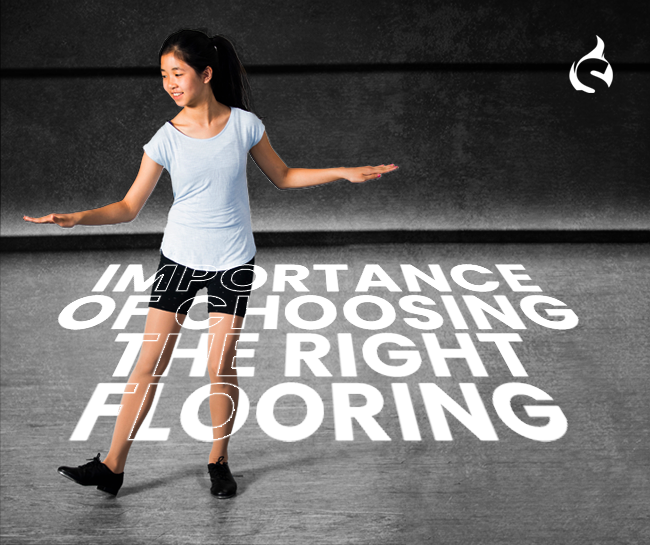
The floor beneath a dancer’s feet is more than just a surface; it’s a partner in every move. The right flooring reduces injury risk by providing adequate cushioning and support. It influences the sound quality of tap dances and the smoothness of ballet turns. Moreover, it’s a long-term investment affecting the studio’s aesthetics and maintenance needs. Choosing the wrong flooring can lead to increased injuries, higher maintenance costs, and an unsatisfactory dance experience. Therefore, understanding the nuances of different flooring types is not just beneficial but essential for the safety and success of dancers.
💡 The wrong flooring choice can result in increased injuries, higher maintenance expenses, and an unsatisfactory dance experience. Therefore, a thoughtful consideration of flooring nuances is essential for the well-being and success of dancers.
Types of Flooring for Dance Studios
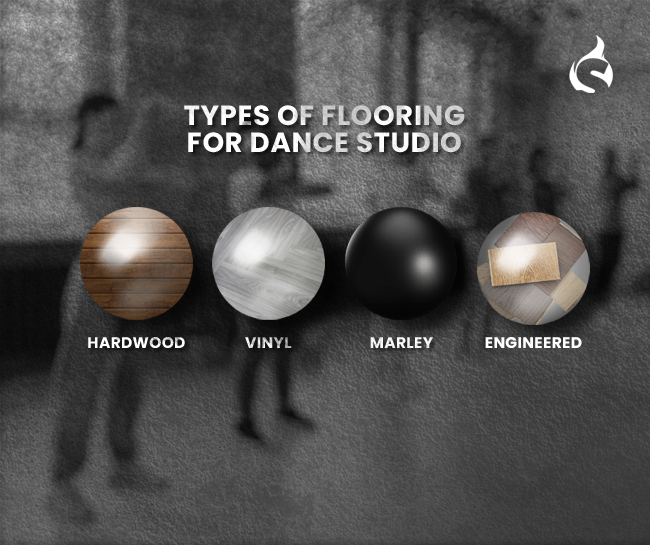
Selecting the ideal flooring type is pivotal in a dance studio, as it profoundly influences dancers’ performance, safety, and comfort. Understanding the distinct benefits of each flooring option ensures an optimal environment for every dance style and practice.
Hardwood
Traditionally, hardwood floors have been the go-to choice for dance studios, especially for styles like ballet and tap. Maple and oak provide the resilience and aesthetic appeal that many seek. However, they require a specific underlayment for shock absorption and can be costly to install and maintain.
Vinyl
Vinyl floors, often referred to as “Marley” floors after the popular brand, are versatile and relatively affordable. They are favored for contemporary, jazz, and ballet due to their slip-resistant surface and ease of maintenance. Vinyl can be laid over various subfloors and is available in customizable rolls.
Marley
Specifically designed for dance, Marley floors are portable vinyl rolls that offer a balance between slip and grip. They are suitable for a wide range of dance styles and can be laid over hardwood or other surfaces for temporary or permanent use.
Engineered
Engineered floors combine layers of different materials to optimize performance. They might include foam backing for cushioning, a wood core for durability, and a vinyl top for a smooth finish. This multi-layer approach tailors to specific dance needs and can be a great all-rounder option.
Factors to Consider When Choosing Flooring
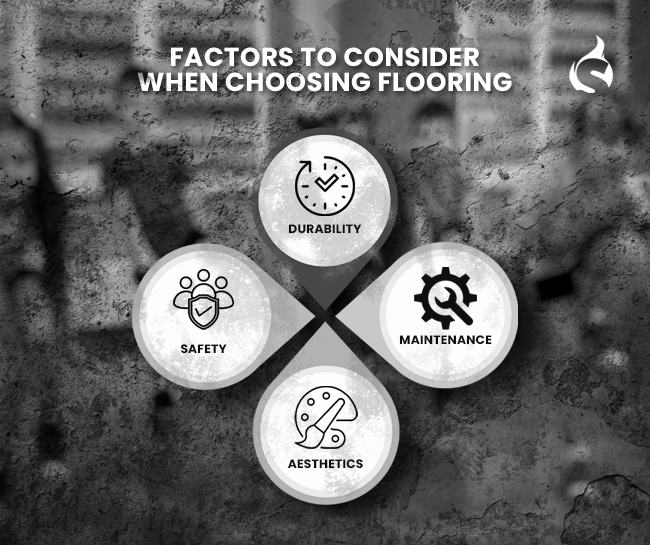
When selecting dance studio flooring, several key factors must be considered to ensure optimal performance, safety, and longevity. These include:
Durability
Dance floors endure a lot of wear and tear. Consider materials known for their longevity and resilience. The right choice will withstand years of rehearsals and performances.
Maintenance
Some floors require regular refinishing, while others might need only a simple sweep and mop. Understand the maintenance demands of each option to ensure it aligns with your studio’s capacity.
Aesthetics
The look of your floor can influence the ambiance of your studio. Whether you prefer the classic warmth of wood or the sleek finish of vinyl, choose a style that complements your studio’s design.
Safety
Above all, a dance floor must be safe. It should provide enough traction to prevent slips and enough cushion falls. The right floor reduces the risk of injury and allows dancers to perform with confidence.
Recommended Flooring for Different Dance Styles
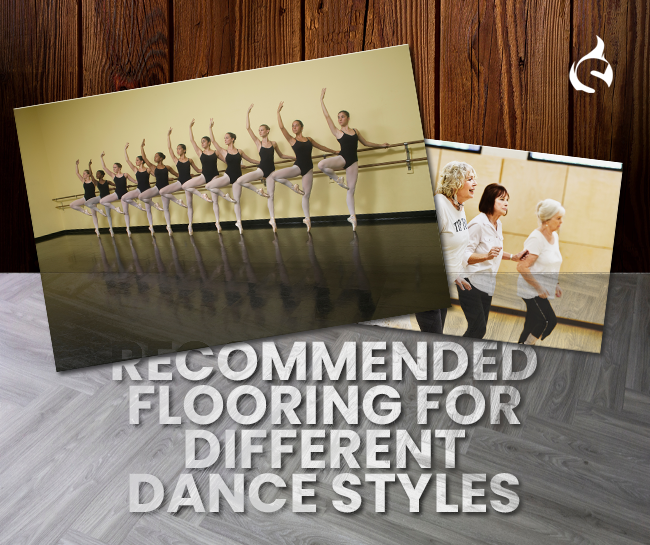
Different dance styles have unique needs. Ballet requires a smooth, resilient surface for delicate movements, while tap nimpeeds a hard surface that accentuates sound. Hip-hop might favor a more cushioned floor to support dynamic moves. Consider the primary style(s) taught in your studio when choosing your flooring.
Choosing the right flooring for your dance studio is a significant decision that impacts the safety, performance, and aesthetics of your space. Consider the types of dance, the level of use, and your studio’s aesthetic when making your choice. Consult with professionals and refer to this guide as a starting point in making an informed decision. Remember, the best flooring is the one that resonates with the rhythm of your dancers’ feet and the goals of your studio. Ready to take the next step? Contact a flooring specialist today to discuss the best options for your dance haven!
Transform your dance studio’s performance! Unlock the secrets to streamlining your registration process and boosting efficiency. Harness the power of Spark Membership Software to seamlessly manage your studio’s operations. Try it now and witness the dance studio revolution – tailored for studio owners ready to elevate their success!




